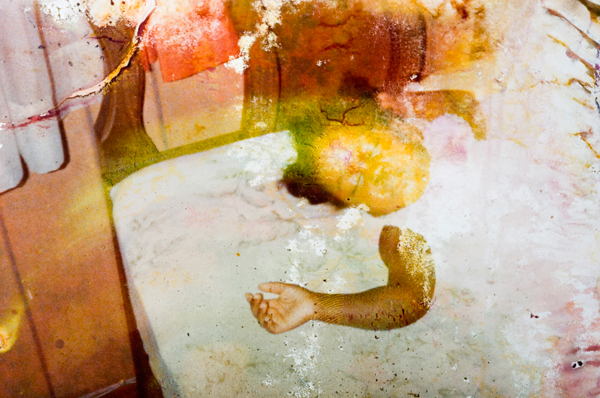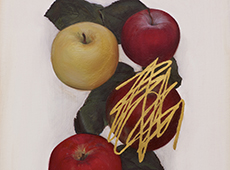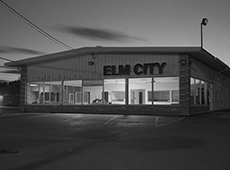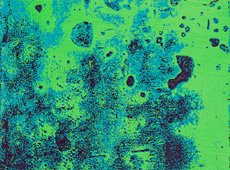The spectacle we all saw on TV of ruined homes and homeowners, a somber-faced reporter asking someone who lost her home or, in too many cases, a loved one, “how do you feel?”—it was just was too much for me. What kind of answer did they want, those reporters? Peddling tragedy for ratings was repulsive to my way of thinking.

© Stan Strembicki. From “Memory Loss.”
On August 29, 2005, Hurricane Katrina made landfall near New Orleans. Early on, there was a shared sense of relief, as the storm veered away from the City and toward the Mississippi coast. But two days later, three Army Corp of Engineer levees failed and the largest man made disaster in the U.S. was in motion. Three quarters of a million people were subject to mandatory evacuation and the National Guard took charge of the streets. From my TV room in Saint Louis, I knew I had to do something. Friends were camping out with us, refugees from what back in New Orleans would come to be known, even today, as simply “the storm.”
Thirty days later and I was finally able to bullshit my way past the roadblocks on the interstate. I hung a sign on my truck that read “Disaster Assessment Relief Team”; that was the key to getting in. Once in, I was stunned: empty streets, cops with machine guns, and the smell of rot, mold, and death everywhere. How does an artist respond to all this? I knew I could not play the photojournalist; I did not have it in me. The spectacle we all saw on TV of ruined homes and homeowners, a somber-faced reporter asking someone who lost her home or, in too many cases, a loved one, “how do you feel?”—it was just was too much for me. What kind of answer did they want, those reporters? Peddling tragedy for ratings was repulsive to my way of thinking.
The spectacle we all saw on TV of ruined homes and homeowners, a somber-faced reporter asking someone who lost her home or, in too many cases, a loved one, ‘how do you feel?’—it was just was too much for me.
I needed guidelines—some rules. First, no photos of victims in the ruins of their homes. Second, I would not photograph private spaces. Public spaces were ok (I didn’t say these rules were not without their irony). Last, I would not remove anything from where I had found it: any photography would happen on site only, not later in the studio. What I needed was a stand-in for the people who had lost so much—a symbol or, better, a metaphor. It did not take long to find: the photo album.
*
We all know the family photo snapshot. We understand the graduation photo, the first communion, the wedding; its part of our cultural language. I found them scattered throughout the landscape, lying in the mud, all that was left of “home” when houses are blown apart by the waters rushing through the fractured levees. I showed some of this early work to my brother in law, a fire captain in Rhode Island, and he told me that when investigating a possible arson, the inspectors always look for a family photo album. Someone will burn down their entire home for insurance money and the only thing they will take out of the house is the album, its the only thing in your house you can’t replace and it represents your history like nothing else you own. These albums had all been underwater for weeks and even encased in their plastic pages, they were all disfigured in one way or another. I photographed these for three years, going to New Orleans nearly every month to work. In the end, I named this portfolio of 50 final images, “Memory Loss.”
Stan Strembicki has taught art at Washington University in Saint Louis since 1982. His Katrina portfolio was recently acquired by the Louisiana State Museum, The Museum of Contemporary Photography in Chicago, and the Kresge Art Museum.
Follow our discussion of artists’ response to land, landscape and Climate Change here.
Subscribe to Tilted Arc
If you like this story, please consider subscribing. We are sticklers for privacy.
We will never sell or share your e-mail address.



